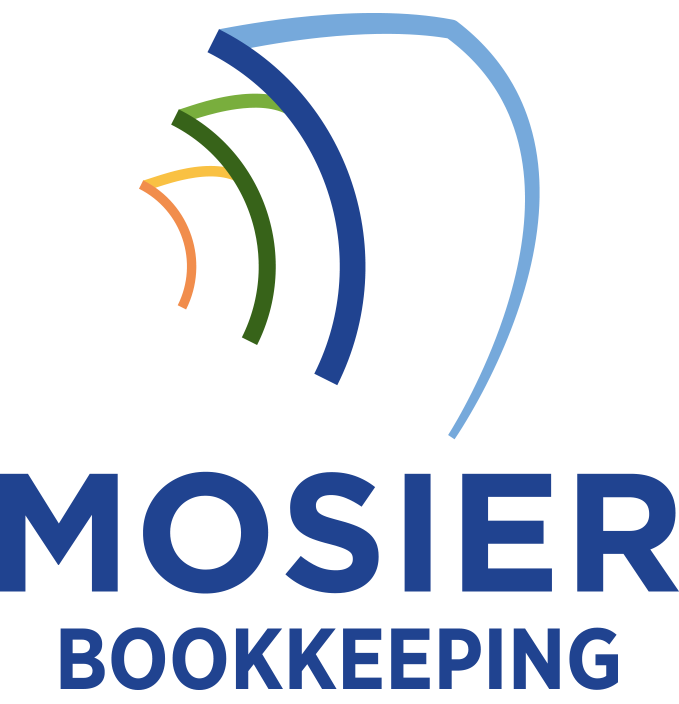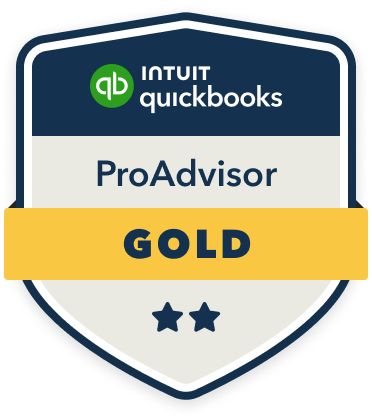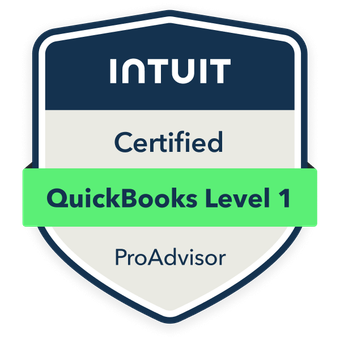To guarantee labor law compliance through bookkeeping, I recommend implementing thorough digital systems that track employee hours, wages, benefits, and tax withholdings. You’ll need to maintain detailed records of I-9 forms, W-4s, OSHA reports, and performance evaluations while documenting all payroll modifications and overtime calculations. I’ve found that integrating automated timekeeping with multi-factor authentication and role-based access controls creates an audit-ready foundation. Let’s explore the specific tools and processes that protect your business.
Essential Labor Law Records for Accurate Bookkeeping

Meticulous record-keeping serves as the foundation for labor law compliance in any business operation. I maintain thorough documentation of employee work hours, wages, overtime calculations, and benefits administration. My records include I-9 forms, W-4s, and state-specific employment forms.
I track workplace safety logs, OSHA incident reports, and workers’ compensation claims. My system documents employee classifications, job descriptions, and performance evaluations. I preserve records of paid time off, medical leave, and reasonable accommodation requests. These critical components protect my business from regulatory violations and provide evidence of compliance during audits or investigations.
Setting Up Payroll Systems to Track Compliance
I recommend starting with a robust payroll system that automatically tracks pay rate modifications and maintains historical records of all wage changes. You’ll need to carefully document overtime hours worked and verify that your calculations align with both federal and state overtime requirements, including special rates for holidays or premium pay periods. I find it essential to implement automatic checks within your payroll software to flag any overtime calculations that fall outside standard parameters, helping prevent compliance issues before they occur.
Recording Pay Rate Changes
Setting up robust systems to track pay rate changes is essential for maintaining accurate payroll records and labor law compliance. I recommend implementing a standardized process that documents every modification to employee wages, including the effective date, reason for change, and approval chain. I track these changes in my digital payroll system while maintaining backup documentation for audit purposes.
I guarantee each pay rate adjustment is recorded with proper notifications to affected employees and reflected accurately in tax calculations. This systematic approach helps me demonstrate compliance with minimum wage laws, pay equity requirements, and collective bargaining agreements while protecting my organization from potential wage disputes.
Overtime Hours and Calculations
Tracking overtime hours requires precise calculation methods and robust documentation systems to guarantee compliance with the Fair Labor Standards Act (FLSA).
I recommend implementing a digital timekeeping system that automatically flags hours worked beyond 40 per workweek. You’ll need to calculate overtime at 1.5 times the regular hourly rate, including commissions and bonuses in the base rate determination. For employees with multiple pay rates, I advise using the weighted average method for overtime calculations.
Set up your bookkeeping software to maintain detailed records of daily hours, premium pay calculations, and payment dates. This creates an audit trail that protects your business during wage disputes or DOL investigations.
Documentation Requirements for Employee Benefits

When maintaining employee benefits records, proper documentation serves as the foundation for both legal compliance and effective administration. I guarantee comprehensive tracking of all benefit-related documents, including enrollment forms, waivers, and claims.
I maintain records for these essential benefit components:
- Health insurance elections and dependent verifications
- Retirement plan contributions and investment choices
- Life insurance beneficiary designations
- Disability coverage documentation
- Flexible spending account enrollments
I’ve established a digital filing system that enables quick retrieval during audits or inquiries. This system integrates with payroll records to verify accurate benefit deductions and employer contributions, assuring I meet ERISA and IRS requirements.
Maintaining Audit-Ready Timekeeping Records
I’ll help you establish audit-ready timekeeping practices by focusing on essential records management. You’ll need to implement precise daily tracking of employees’ work hours, including overtime periods and required break times, while maintaining clear documentation of each. I recommend storing your time records in a secure digital format that allows for easy retrieval during audits while ensuring data integrity through regular backups and access controls.
Track Daily Work Hours
Accurate timekeeping records serve as the foundation for labor law compliance and protect both employers and employees from wage disputes. I recommend implementing a robust daily work hours tracking system that captures essential data points for each employee.
Key elements to track daily:
- Clock-in and clock-out times
- Meal period durations
- Rest break intervals
- Overtime hours worked
- Time adjustments with explanations
I’ll guarantee your system includes automatic calculations for regular and overtime hours, clear documentation of exceptions, and secure storage of records for the required retention period. This systematic approach strengthens your position during audits and minimizes compliance risks.
Document Overtime and Breaks
Building upon your daily timekeeping system, proper documentation of overtime and breaks represents a core requirement for audit-ready records. I’ll help you establish a system that guarantees meticulous tracking of these critical components.
| Component | Requirement | Documentation Method |
|---|---|---|
| Overtime Hours | >40 hrs/week | Digital Timestamps |
| Meal Breaks | 30+ min unpaid | Break Log System |
| Rest Periods | 10-15 min paid | Time Clock Entries |
| Premium Pay | 1.5x/2x rate | Payroll Codes |
| Exceptions | Approved changes | Manager Sign-off |
Track these elements systematically to maintain compliance and protect your business from potential wage disputes. I recommend implementing automated alerts when employees approach overtime thresholds.
Secure Digital Time Records
While paper-based systems once dominated timekeeping, today’s digital records provide superior security and accessibility for maintaining audit-ready documentation. I recommend implementing robust digital timekeeping systems that encrypt and backup your workforce data.
Key security measures you’ll need:
- Multi-factor authentication for all system access
- Automated backup protocols with offsite storage
- Audit trail tracking for all record modifications
- Role-based access controls for different management levels
- Data encryption both at rest and in transit
I guarantee compliance by configuring these systems to automatically flag irregularities and generate compliance reports. This proactive approach drastically reduces your exposure to regulatory violations and auditing challenges.
Tax Withholding and Reporting Best Practices

To maintain compliance with labor laws, proper tax withholding and reporting procedures form the cornerstone of your payroll management system. I recommend implementing automated calculations for federal, state, and local tax withholdings to minimize errors. You’ll need to verify each employee’s W-4 status annually and maintain current records of all tax documents.
I emphasize the importance of timely deposits of withheld taxes and precise quarterly reporting through Form 941. You must also guarantee accurate year-end W-2 preparation and filing. I strongly advise establishing a calendar of tax deadlines and maintaining detailed documentation of all withholding calculations and payments.
Digital Tools for Labor Law Compliance Tracking
Modern bookkeeping demands sophisticated digital tools that streamline labor law compliance tracking beyond basic tax management. I guarantee seamless integration between these tools and my existing accounting software, creating a robust compliance ecosystem that protects my business while maximizing operational efficiency. This digital infrastructure provides instant access to critical compliance data when needed.
Key digital tools I’ve found essential include:
- Automated time-tracking systems with overtime calculations
- Cloud-based document management for employment records
- Real-time payroll compliance monitors
- Scheduling software with built-in break-time tracking
- Digital audit trail generators for labor law documentation









